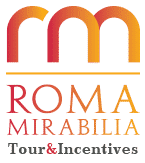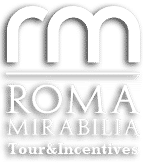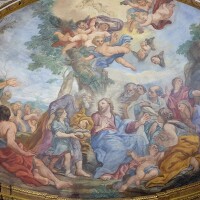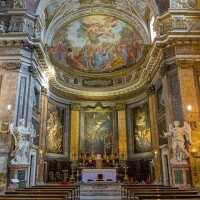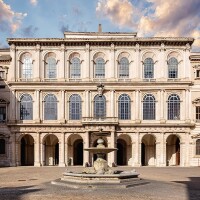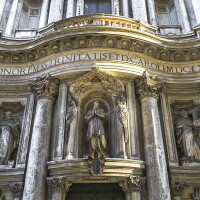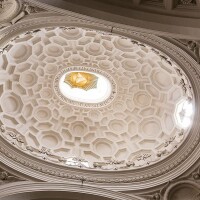Unlike to Borromini, Bernini was also a successful sculptor. Among his sculptures in the Borghese Gallery and in many other places in Rome, the Ecstasy of St. Teresa (1646) in S. Maria della Vittoria belongs without doubt among his masterpieces: visitors may be shocked or thrilled by the apparently physical nature of St. Teresa’s ecstasy! Bernini’s preference for scenography can be transferred from his sculptures also to his architectural works. In this regard his works differ fundamentally from those of Borromini, who preferred to concentrate on simplicity and form. One of the best examples of Borromini’s ingenious concept of art, is the church Carlo alle Quattro Fontane, realized for the order of the Spanish Trinitarians between 1634 – 1667. Both the facade and the interior employ bold, fluid curves that give light and life to a small, cramped site. Close to the church lies S. Andrea al Quirinale, designed by Bernini, and known as “Pearl of the Baroque” because of its beautiful, roseate, marble interior. The tour will then lead us to other important buildings where Bernini and Borromini were contemporaries: the Palazzo Barberini, the church S. Andrea della Fratte and the Palazzo Propaganda Fide, opposite Bernini’s dwelling. Finally we walk through Bernini’s early work, the “Barcaccia”, to the former gate-town on the Piazza del Popolo, that was newly designed by the artist for the arrival of Christina, the Queen of Sweden in the year 1655.
